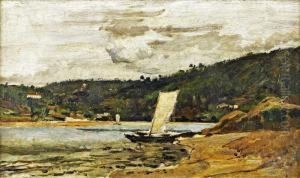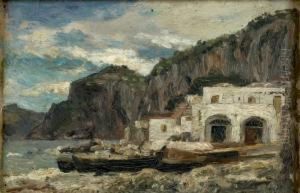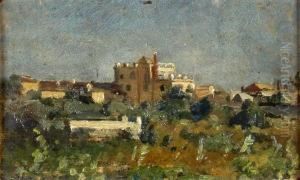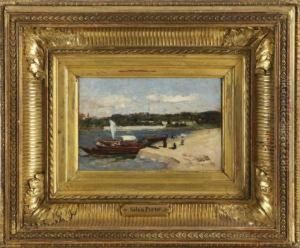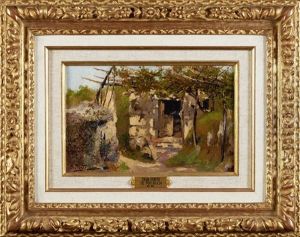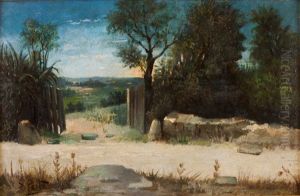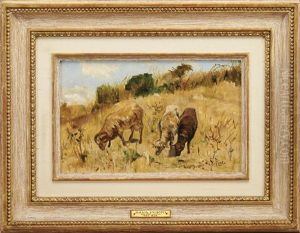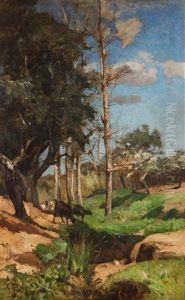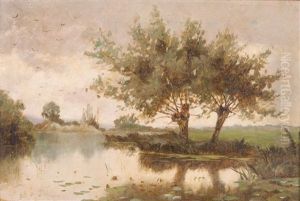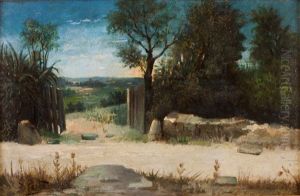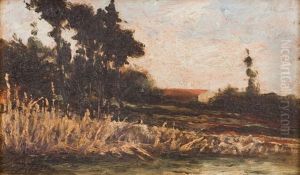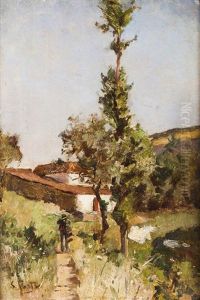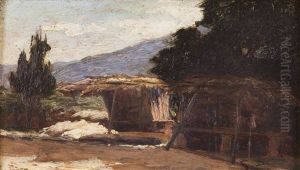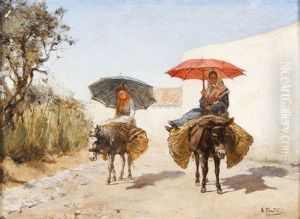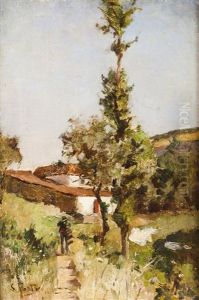Silva Porto Paintings
António Carvalho da Silva Porto was a Portuguese painter, illustrator, and art educator, born on November 11, 1850, in Porto, Portugal. He is often associated with the naturalist movement in Portuguese art, and he is considered a pioneer in adopting and promoting naturalist tendencies in Portugal. Silva Porto's work was instrumental in the introduction of new aesthetic concepts in Portuguese painting of the late 19th century.
Silva Porto demonstrated an early talent for drawing and painting, which led him to study at the Porto Academy of Fine Arts. Later, he moved to Paris to further his education, where he was influenced by the Barbizon school, a movement that emphasized painting en plein air (outdoor painting) and had a significant impact on the development of impressionism. Artists of the Barbizon school sought to capture the effects of light and atmosphere in their work, often focusing on rural landscapes and scenes of peasant life.
Upon his return to Portugal, Silva Porto began to incorporate the techniques and subject matter he had absorbed in France into his own painting. He frequently painted the landscapes of Portugal, capturing the unique light, color, and atmosphere of the region with a focus on naturalistic representation. His works often depict serene rural scenes, with a sensitivity to the changing qualities of light and shadow, and a particular emphasis on the honest depiction of nature and rural life.
In addition to his painting, Silva Porto was also a dedicated art educator. He taught at the Academy of Fine Arts in Lisbon, where he influenced a generation of Portuguese artists. Silva Porto's commitment to naturalism was not only evident in his own work but also in his teaching, as he encouraged his students to work from life and to observe nature directly.
Tragically, Silva Porto's life was cut short when he took his own life in 1893, at the age of 42. Despite his relatively brief career, his contributions to the field of Portuguese art were significant. He left behind a body of work that continues to be celebrated for its naturalistic qualities and its role in bringing the aesthetic of the Barbizon school to Portugal.
